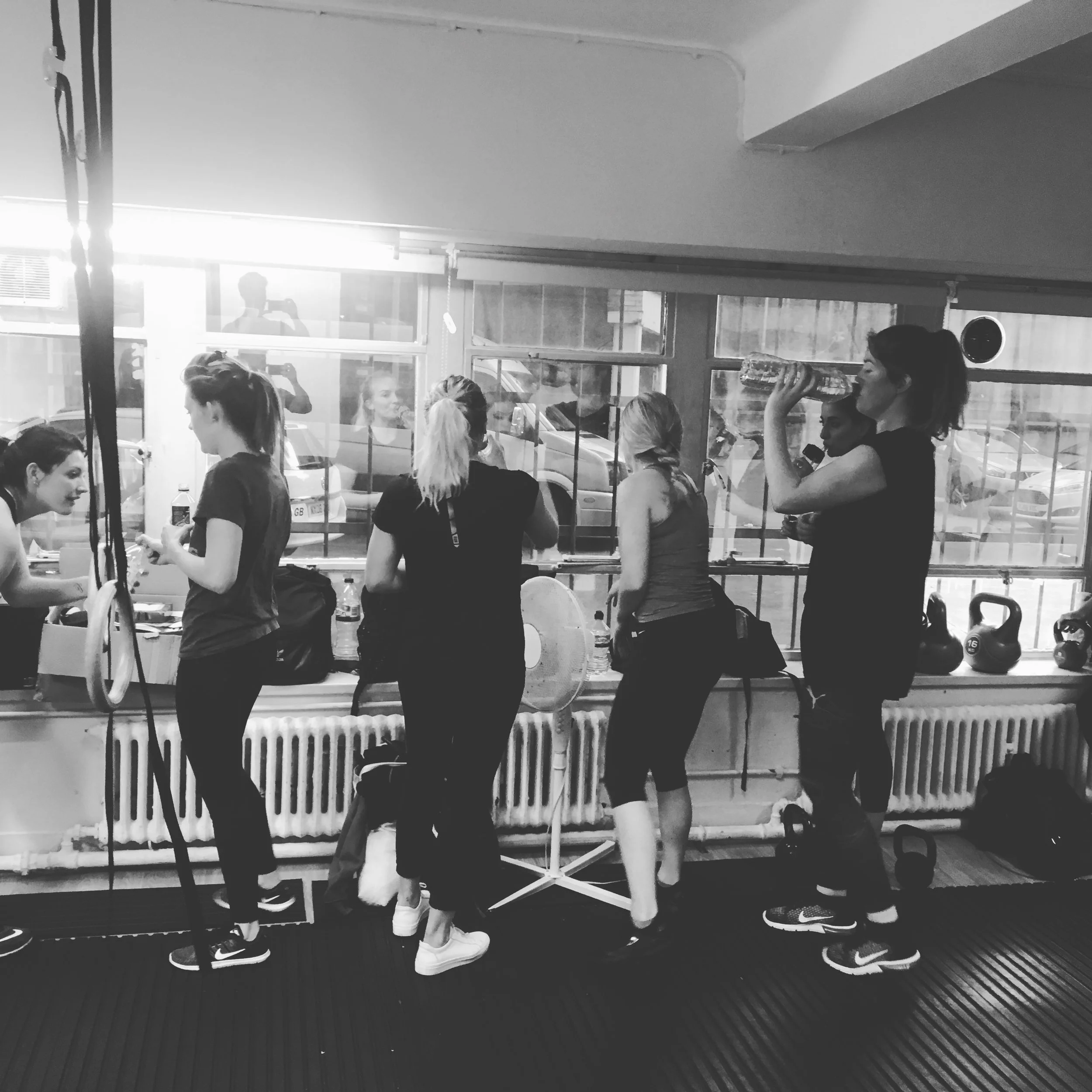Decisions, decisions…
Picture the scene. It’s early morning and the alarm goes off. It has woken you from a DEEP sleep. You struggle to open your eyes. When you do, you see it’s dark outside.
The bed is so warm. So comfortable.
And you’re tired.
The kind of tired that makes your eyes sting. You don’t want to be up at this time. You don’t need to be up at this time.
But you promised yourself you’d get up to exercise early, before work.
What do you do? Do you drag your tired, weary body out of bed, or do you fall back to sleep, waking up at a more reasonable time and catching some extra sleep?
It’s a question that people in fitness circles have argued over for years - more training, or more sleep? Which is better?
The reality is it’s impossible to answer with any real accuracy. Tiredness is impossible to quantify - what some people see as exhaustion, others see as a little fatigue. We’re all different.
What we can do though, is give some independent guidance around the question, to help you to decide whether or not you need more training or more sleep. They’re both absolutely vital to health and performance, so it’s not as if one should take precedent all of the time.
Training is important. Really important in fact - it’s one of the foundation stones of great health. What that means is that we have to find time to exercise if we want to achieve true health and fitness. Occasionally, that’ll mean we have to train when we’re tired, but when is it appropriate to train when tired?
To start with, ask yourself two questions…
How much training time do you have available?
How much training have you done recently?
If you don’t have time to train other than the early morning you’ve promised yourself (but don’t fancy), it will probably have to be a case of get up, get to the gym and get on with it. You may not train your hardest, but at least you’ll have done something.
If you’ve got time later in the day or week, roll over and go back to sleep.
The second question helps to inform your decision too. If you’ve trained hard recently, you’ve managed your sessions, you’ve seen your PT, you’ve attended group classes etc, you could probably do with the extra rest and recovery. You may be so tired because your body is telling you to get some rest!
Next up are the questions around recovery…
Have you been sleeping well recently?
What has your diet been like?
If you’ve been sleeping well recently and this tiredness is a one-off, you can probably get away with training and catch up with the sleep later on. If you’re persistently tired, you should probably start looking after yourself more and protecting your sleep a little better.
Regarding your diet, if you’ve been eating well, drinking plenty of water and generally looking after yourself, you have probably built up enough in the way of immune system protection to get away with pushing yourself on occasion. If your diet has been poor and you’ve been sleeping badly, address these two problems before you start training hard whilst tired.
Exercise and Sleep are Like Yin and Yang
Over the last few years, the ‘hustle’ mentality has attached a certain kudos to working hard and sticking to a punishing schedule. The problem is with it though is if you work too hard and don’t recover enough, you’re in big trouble. You don’t recover properly from training or work. Your sleep is affected, your immunity is affected, your mental health suffers.
We need balance. Work hard, train hard and recover properly. There’s nothing wrong with being tough on yourself, as long as you reward yourself too.
We have to start attaching more importance to sleep. This article shows how sleep deprived Londoners are. As a personal trainer and somebody who teaches health, this concerns me. We absolutely have to do more to protect our sleep.
Sleep underpins motivation to train, decision making around food, our ability to recover from exercise, our mental health and a whole host of other issues, so forget the whole ‘you can sleep when you’re dead’ rubbish - you HAVE to sleep.
Train hard, recover well. It’s pretty simple isn’t it?
More Training or More Sleep? Final Thoughts…
Training and sleep are of qual importance. You can’t neglect one in favour of the other for too long otherwsise your health will suffer.
There’ll be occasions when you’ll need to drag yourself out of bed to train when you’re tired, but be sensible - don’t try to do too much and make sure you catch up with your sleep as soon as you can.
That being said, don’t make a habit of training when you’re tired. Prioritise your rest and recovery. Make it important to you and your physical and mental health will benefit enormously.
















